- 日本語
- English
Advanced Development Model No. 2 Achieves 351 km of Range per Charge
and
an Unprecedentedly Comfortable Cabin Space
— Increasing Mass-production Reliability and Demonstrating the Potential of Developing Various Models —
Please see the link below for details.
» Press Release
JAPAN--SIM-Drive Corporation (head office: Kawasaki City; president: Hiroshi Shimizu), which aims to make use of electric vehicles widespread through its high technological capabilities and new open-source business model, recently completed SIM-WIL (Table 1). This prototype is the result of the Advanced Development Project for Model No. 2, a project that commenced in January 2011 and lasted approximately one year.
The project objective was to produce an advanced development model for electric vehicles on a trial basis with the aim of starting mass-production around 2014. A total of 34 organizations (Table 2) that intend to enter the electric vehicle business in the future participated in this project.
SIM-WIL was developed not only to achieve a range of more than 300 km per charge, which was already achieved by Model No. 1 (SIM-LEI), but also to increase reliability to the level required during future mass-production as well as to demonstrate the potential of developing various models to best communicate the appeal of electric vehicles to a broader range of consumers. At the same time, SIM-WIL is an electric vehicle with new improvements in acceleration, riding comfort, and livability—requirements that must be met in order to popularize electric vehicles.
SIM-WIL, which uses two of SIM-Drive’s fundamental technologies—a direct drive in-wheel motor and component built-in frame—is characterized by its:
1. Achievement of 351 km of range per charge
2. Cabin space, which is comparable to that of large cars (E segment) even though it is classified as a small car (B segment)
3. 0–100 km/h acceleration in 5.4 seconds, comparable to that of a mid-level sports car
Moreover, the following characteristics of SIM-WIL are also worthy of special mention:
1. Use of 47 different technologies contributed by participating organizations
2. Main body combining a steel monocoque structure and a steel space frame
3. Minimum turning radius of 5.4 m despite the long wheelbase
Origin of the name SIM-WIL
“WIL” is pronounced in the same way as the English word “will,” which refers to “volition” and “determination,” thereby suggesting a model that looks to the future. It is also an abbreviation of the phrase “With Innovation and Link.” With this name, SIM-Drive intends to highlight the significance of the innovative technologies contributed by participating organizations and their cooperation and unity. Also, SIM-Drive wished to name the model such that it symbolizes Japanese technology and the ties among the Japanese people as the company hopes for the country’s speedy reconstruction from the Great East Japan Earthquake.
Livability
SIM-WIL offers a cabin space comparable to that of large cars (E segment) though it looks like a small car (B segment). It provides sufficient foot space because cabin arrangement is unaffected by battery placement. The component built-in frame enables batteries and other components to be installed such that they do not affect the body size.
The dashboard has three displays which serve as human-machine interfaces. Specifically, there is the display for showing information on driving and the vehicle itself, which is located in front of the driver’s seat; the display used for navigation and other purposes, placed in the center of the dashboard; and the display for providing information and entertainment, which is installed on the passenger seat side. This last display is expected to provide not only an Internet connection but also various types of in-cabin entertainment in collaboration with comprehensive information and entertainment providers as well as smart houses that make liberal use of communications, telematics, and other technologies.
Table 1. Spec of SIM-WIL
Overall Length/Width/Height |
4150mm/1715mm/1550mm |
Number of seat |
5 people |
Vehicle Weight |
1580kg |
Drive System |
Outer rotor direct drive in-wheel motor |
Drive |
4WD |
Minimum turning radius |
5.4m |
Range per charge (JC08 mode) |
351km |
Driving energy consumption (JC08 mode) |
99.7Wh/km |
0→100km/h acceleration |
5.4 seconds |
Maximum speed |
180km/h |
Battery capacity |
35.1kWh(Lithium ion battery) |
Charging time |
3h(CHAdeMO)、12h(200V) |
Table 2. Participating Organizations
Advantest Corporation |
Nihon Parkerizing Co., Ltd. |
Asahi Kasei Corporation |
Oiles Corporation |
Bosch |
Polyplastics Co., Ltd. |
CAR MATE MFG. CO., LTD. |
PSA Peugeot Citroën |
Chiyoda Corporation |
Somic Ishikawa Inc. |
Dassault Systems K.K. |
Sunstar Engineering Inc. |
Du Pont Kabushiki Kaisha |
Takata Corporation |
Du Pont-Mitsui Polychemicals Co., Ltd |
TBK Co., Ltd. |
Hitachi Advanced Digital, Inc. |
Tohoku Electric Power Co., Inc. |
Hitachi Chemical Company, Ltd. |
Tokyo MK Corporation |
Kawasaki Industrial Co., Ltd. |
TOPPAN PRINTING CO., LTD. |
Kuraray Co., Ltd. |
Toray Industries, Inc. |
Mikuni Corporation |
Toyota Tsusho Corporation |
MITSUUROKO CO.,LTD. |
T.RAD Co., Ltd. |
(Alphabetical order)
34 participating organizations in total, including non-disclosure organizations
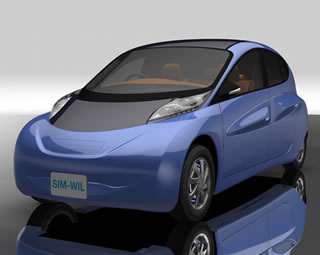 |
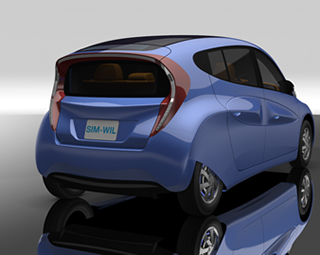 |
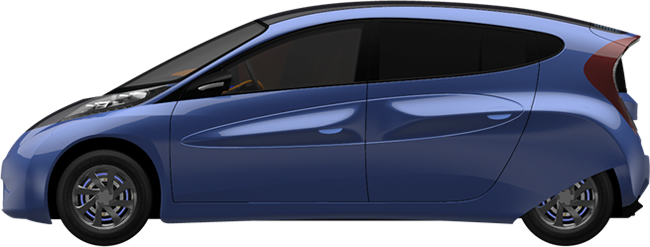 |
|
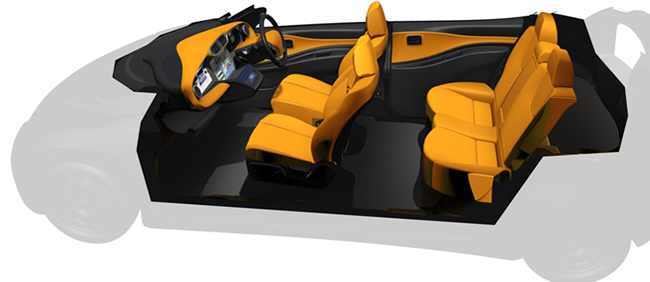 |
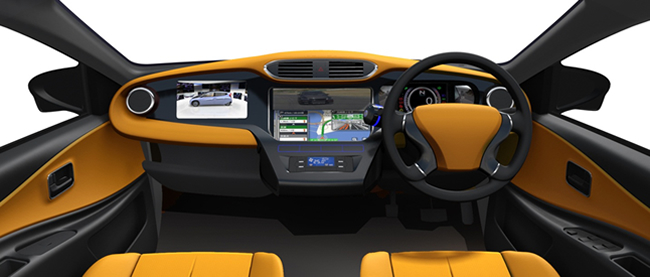 |
CONTACT
SIM-Drive Corporation PR Office: Yuta Asao
E-Mail: contact@sim-drive.com TEL: +81-44-201-1014



